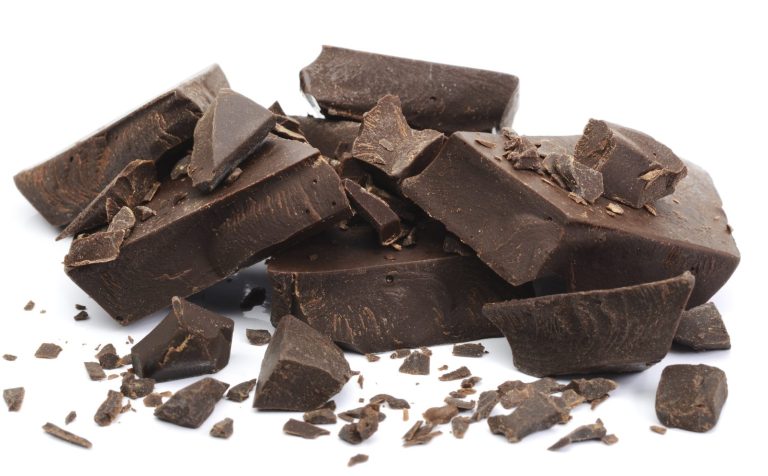Chocolate – Superfood or Superhype?

Perhaps I should start by stating that there is no scientifically based or regulated definition for the term “Superfood”, but generally speaking, the term is used to refer to a food that offers high levels of desirable nutrients, is linked to the prevention of disease, or is believed to offer several simultaneous health benefits beyond its nutritional value.
I should also declare a major bias, because chocolate is and, whatever conclusion I come to today, will continue to be my one guilty pleasure. I am open to the idea of moving towards better quality chocolate, but those who know me understand that they will have to be patient.
Let’s start with dark chocolate, which has fibre, iron, magnesium, potassium and zinc to name a few of the key nutrients. It also provides a powerful antioxidant punch, containing flavanols and polyphenols, which have been linked to heart health. Well then, it is a Superfood surely?
As I nibble on my bar of Dairy Milk, (other brands are available, as they say), my research continues, and of course it isn’t that simple. Experts seem to recommend that we consume about an ounce per day, which is about the size of two tablespoons in chocolate chips, (who buys chocolate chips, I ask you), or a piece of chocolate slightly larger than a book of matches, (again, I can’t remember the last time I saw a box of matches, but you get the idea).
That doesn’t seem like a whole lot of the good stuff, and those of us who have bought a family size bar of chocolate, declaring that “it is better value for money and will last me several days”, know that they are only fooling themselves. So when you also take into account that said chocolate should be at least 70% cacao or cocoa to optimise the benefits, and the higher the cocoa content the better, the use of the term “superfood” has to come with a large caveat in this context.
It is always recommended that you read the label carefully, as all dark chocolate is not created equal. Cocoa or cacao, cocoa powder, nibs or butter should be listed as the first ingredient, and bars that have sugar listed within the first few ingredients should generally be avoided; those of you who enjoy white chocolate will probably have realised by now that white chocolate probably doesn’t even deserve to be called chocolate as it does not contain any cocoa solids and will see sugar as the number one ingredient. However, I wanted to be the Milky Bar kid when I was a boy, so who am I to judge?
Another good tip for any food, including chocolate, is to avoid products with ingredients that you don’t know or recognise, or products with added flavours, which probably means a higher sugar content or reduced cocoa content.
In order to bring some balance to this article, I should also outline some of the potential, if not likely side effects of over indulging. These include digestive issues, sugar overload, caffeine overdose, weight gain and allergic reactions.
So in summary, look for cocoa content of at least 70%, consume in moderation, and then enjoy.
Is it a Superfood? Well, we established at the beginning that there is no official definition, but I would say so as long you follow these simple rules, and if chocolate makes you happy, then remember that a little of what you fancy does you good!
Anton at Halcyon
Copyright © 2024 Halcyon Wellness Limited. All Rights Reserved.
We need your consent to load the translations
We use a third-party service to translate the website content that may collect data about your activity. Please review the details in the privacy policy and accept the service to view the translations.




